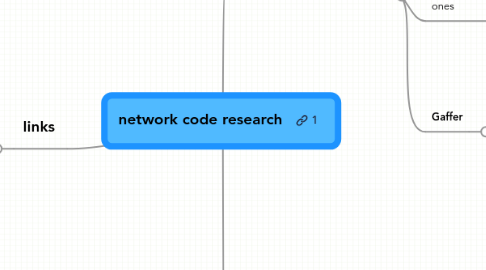network code research
by Michal Marcinkowski


1. links
1.1. Tribes networking model
1.2. Quake 3 model
1.3. Newton forums discussion
1.4. Latency compensating in HL2
1.5. HL backend servers
1.6. Most network links
1.7. Source networking
1.8. Quake 3 connection tweaks
1.9. Hooks introduction to multiplayer
1.10. Quake 3 Networking Primer
1.11. Quake 3 Source
1.12. Source Ticks explanation
1.13. game algorithms book - netcode
1.14. Network physics links
1.15. Source: Latency compensating methods
1.16. Carmack's blog notes
1.17. Gaffer on Networking presentation
2. optimization
2.1. reduce packet size
2.1.1. real time compress packets
2.1.2. gzip compression
2.1.3. bit flags
2.1.4. quaternions?
2.1.5. delta compression
2.1.6. collate data into larger packets
2.1.7. fit data into bytes/bits with loss of precision
2.1.8. write bits for states in bitstreams
2.2. logic
2.2.1. send only area of interest to client
2.2.2. send only what is moving
2.3. speed
3. network knowledge
3.1. Carmack
3.1.1. no problems with a max packet size of 1400 bytes
3.1.2. fragmentation just isn't an issue
3.1.3. 512-byte optimal MTU is pretty much at least 5 years out of date
3.2. Every UDP packet that goes out is encumbered by a 22-byte private UDP header
3.3. "ideal" transmission size is around 1400 bytes.
3.4. UDP packets less than 56 don't split
3.5. the lowest packet size thats guaranteed not to be fragmented is 576 bytes
3.6. better to send less big packets than more small ones
3.7. Gaffer
3.7.1. min 64kbps up & down 256 packets @ 30 packets a sec
3.7.2. packet loss not a problem ~0.5% loss
3.7.3. latency is decent
3.7.4. jitter and late packets are the key problem for realtime protocols
